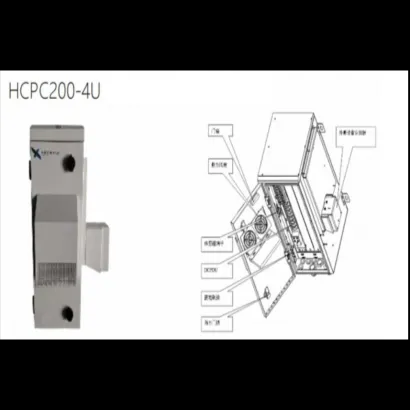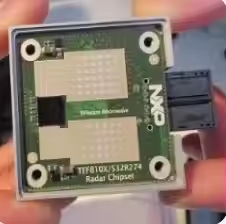wireless communication chip
A wireless communication chip serves as the cornerstone of modern connectivity, enabling seamless data transmission between devices without physical connections. These sophisticated integrated circuits incorporate advanced radio frequency technology, signal processing capabilities, and power management systems to facilitate reliable wireless communication. The chip architecture typically includes a baseband processor, RF transceiver, power amplifier, and various interface modules, working in harmony to transmit and receive wireless signals across multiple protocols such as WiFi, Bluetooth, cellular, and IoT standards. Supporting data rates from several megabits to gigabits per second, these chips integrate multiple wireless standards and frequencies, allowing devices to maintain consistent connectivity across different networks. Advanced features include built-in security protocols, adaptive power management for extended battery life, and intelligent interference mitigation algorithms. The applications span across consumer electronics, automotive systems, industrial automation, medical devices, and smart home technology, making these chips essential components in our increasingly connected world.


